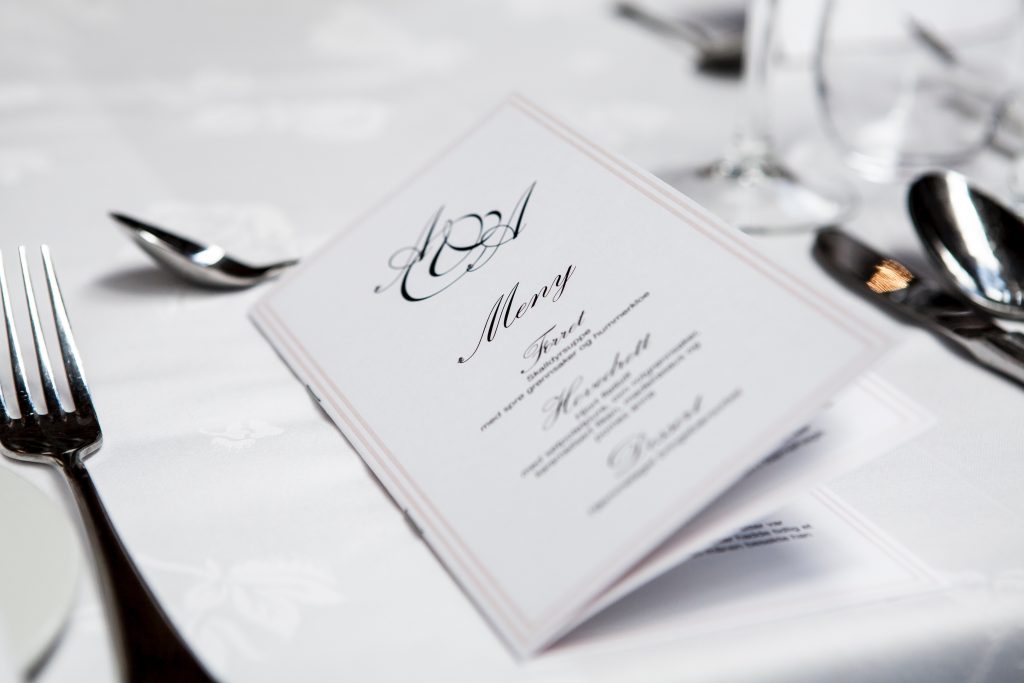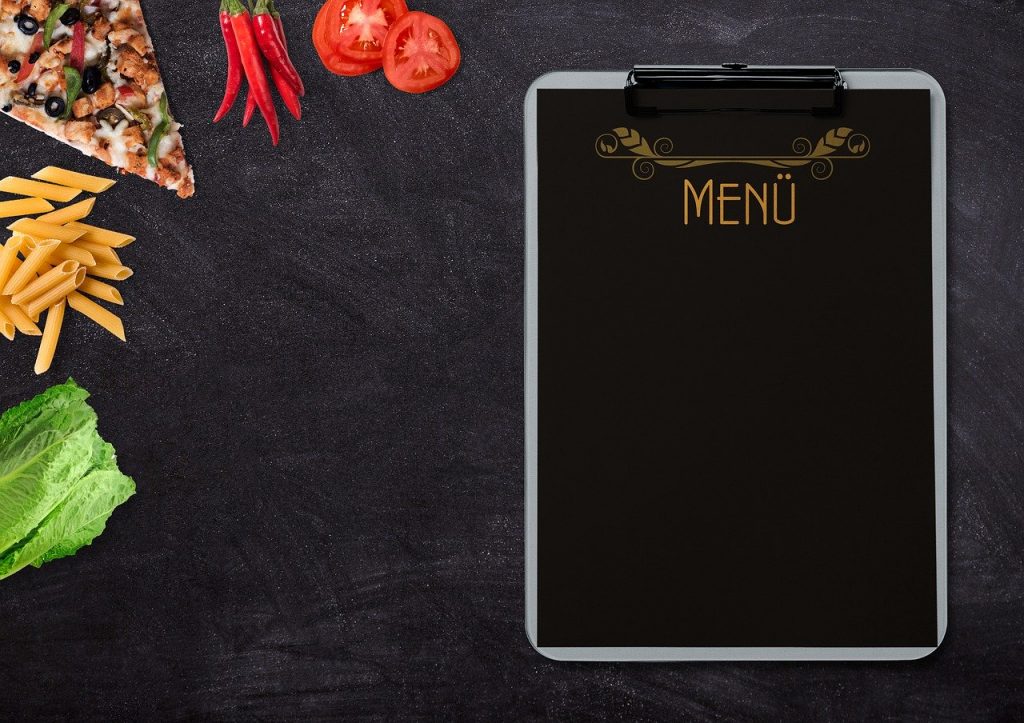
 Menu engineering is the study of the profitability and popularity of menu items and how these two factors influence the placement of these items on a menu. The whole science behind it aims at optimizing the profitability per menu item per guest.
Menu engineering is the study of the profitability and popularity of menu items and how these two factors influence the placement of these items on a menu. The whole science behind it aims at optimizing the profitability per menu item per guest.
To find out more about it, and how important it is for fine dining outlets especially post COVID-19, HN spoke with Naim Maadad, CEO and founder of Gates Hospitality.
Think local, go seasonal
High Net-worth restaurants like all businesses in the culinary industry are feeling the brunt of the pandemic impact in a huge way. All business owners are putting their costs under the micro lens and exploring all avenues to trim the additional burden of the transportation and cargo fares, including import of exotic ingredients from Europe and other parts of the globe. There is a new angle and perspective from which businesses are grounding their reality on. Times have changed with the pandemic at least for the mid-term if not permanently. A wider spectrum of businesses are indeed exploring fresh and readily available ingredients rather than sourcing globally. Gone are the days that one would import exotic ingredients from far off destinations to impress your clientele. The trend henceforth would be to go seasonal, on what is locally available and sustainable, contributing to the local economy. With cargo prices sky-rocketing the affordability factor would gain prime preference over extravagance. This readjustment of focus is certainly making an affordability cap on their bottom-line.

Naim Maadad
Menu engineering at its prime
Menu costs are being trimmed through the science of menu engineering and even re-engineering if need be. A typical objective of the exercise of Menu Engineering is to increase the profits of the venue by approximately 20 percent. The easiest way to understand how the different dishes on the menu compare is to plot them in a segment grid, comparing profitability against popularity. There are four main quadrants: low profitability and low popularity (Low-Low), low profitability and high popularity (Low-High), high profitability and low popularity (High- Low), high profitability and high popularity (High-High). The required actions will differ depending on where the dish has been plotted. Obviously, the dishes in High-High are perfect the way they are. The High-Low quadrant has dishes that either need to be presented more prominently on the menu and upsold more by the staff, or have the price lowered to entice more customers to purchase it. Lowering the price will inherently lower the profitability, so that should be a last resort. The Low-High dishes may be staples that your customers have come to expect, but you could consider revamping them to increase profitability while maintaining their popularity. As with the High-Low, adjusting the price is also an option but it could have a negative effect on the popularity. Finally, the Low-Low quadrant is an area that needs to completely be rethought. Since they already have a low popularity, you don’t have to be worried about customer’s noticing they’ve been removed or changed. They provide an opportunity to experiment a little more with new dishes or updated versions with higher profitability. These calculations and comparisons should be done periodically to stay informed on any changes in your customer base, or in ingredient purchasing, to stay competitive in the restaurant industry.

A good advice
The best fine dining menus implement the perfect combination of financial and design decisions that also match the brand ethos of the restaurant. There are many steps for menu engineering: The perfect menu for the venue, and time needs to be taken to explore these concepts, calculate these variables, and present the dishes in the best way possible. The menu engineering process is never finished. Ingredient pricing will vary, and customer demographics and choices will continue to change, but it’s up to the venue owner to stay up-to-date on everything. One of the most painful mistakes is to spend the time and effort to properly engineer a menu, only to have it become completely ineffective over time. Constantly check your assumptions, and make sure that the menu doesn’t lose sight of the heart and soul of the restaurant brand and ethos.
CSR and brand ethos
The corporate social responsibility is also realigning to support the local suppliers and farmers – thereby contributing hugely to the economy of the region. Need to highlight here that come what may, there must be an unwavering focus on the brand ethos and pillars which cannot be compromised on. Whatever measures that bring down the expenditure, must not bring down the values in any way.
Add to Favorites














